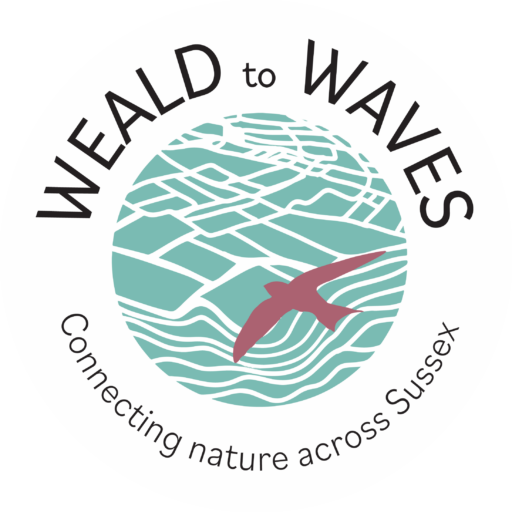
Biodiversity

Buzz Club- Bug Bunker Project
by Isobel Sexton, The Buzz Club | September 17, 2025 | Biodiversity, News, Youth Engagement | 0 Comments
Give bugs a winter home! Join the Buzz Club’s Bug Bunker project, build shelters, survey monthly, and help protect invertebrates across the UK.
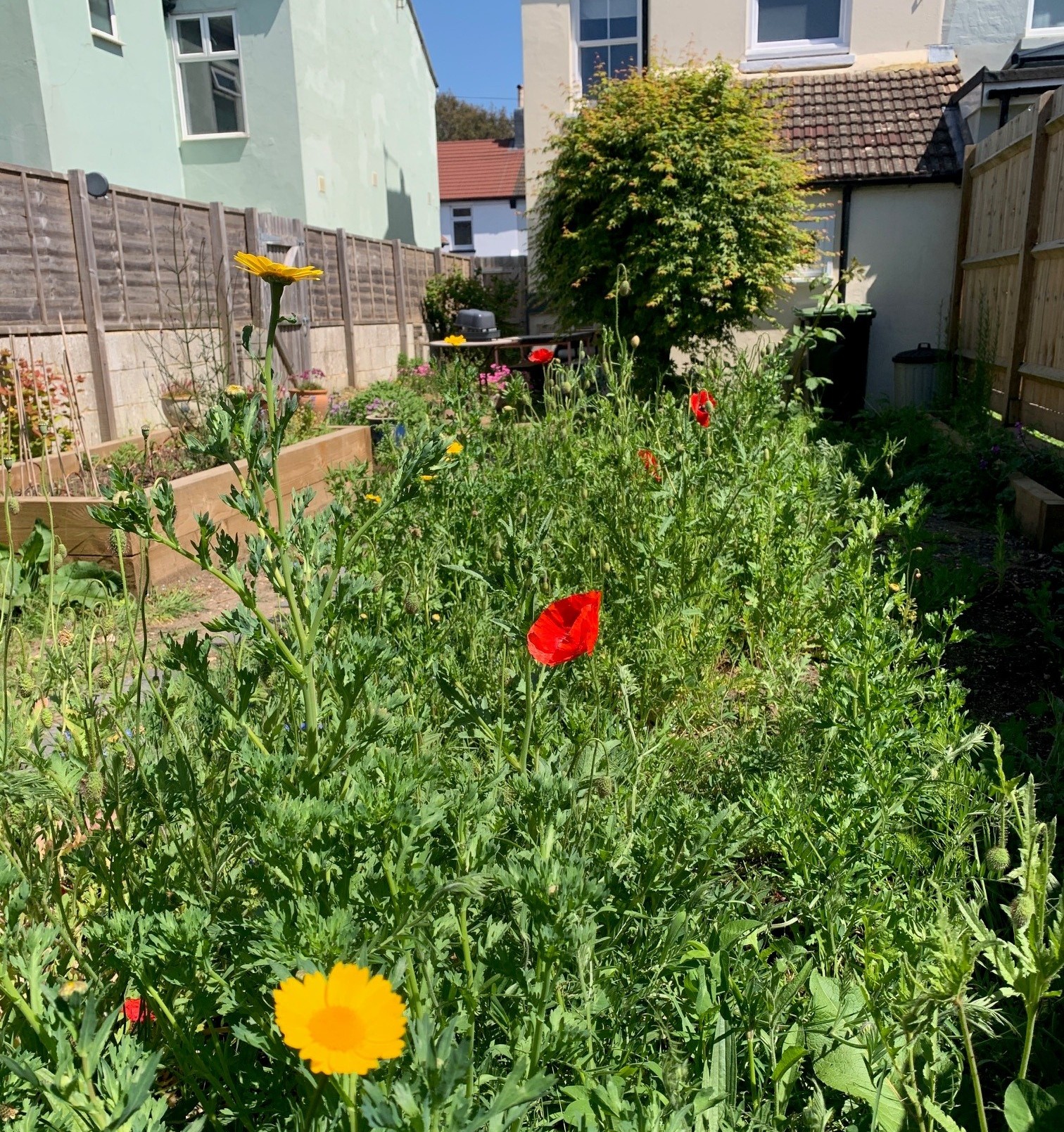
Underdown Garden Service Station
by Gareth Williams | August 15, 2025 | Biodiversity, Gardens & Greenspaces, News | 0 Comments
Read about our journey from concrete to habitat, turning a bare garden into a service station for wildlife on the move between the coast and the downs.

Our Must Listen: The Wandering Ecologist with Penny Green
by Penny Green | August 12, 2025 | Biodiversity, News, Species Recovery | 0 Comments
Celebrating positive nature conservation news one story, one friendship, one wild place at a time.

Notes on Nature at the Wiston Estate
by Penny Green, Wiston Estate | August 5, 2025 | Biodiversity, Landscape Recovery, News, Species Recovery | 0 Comments
From satellite-tagged cuckoos to rare chalk grassland butterflies, Wiston is buzzing with life. Explore recent nature highlights from across the estate.
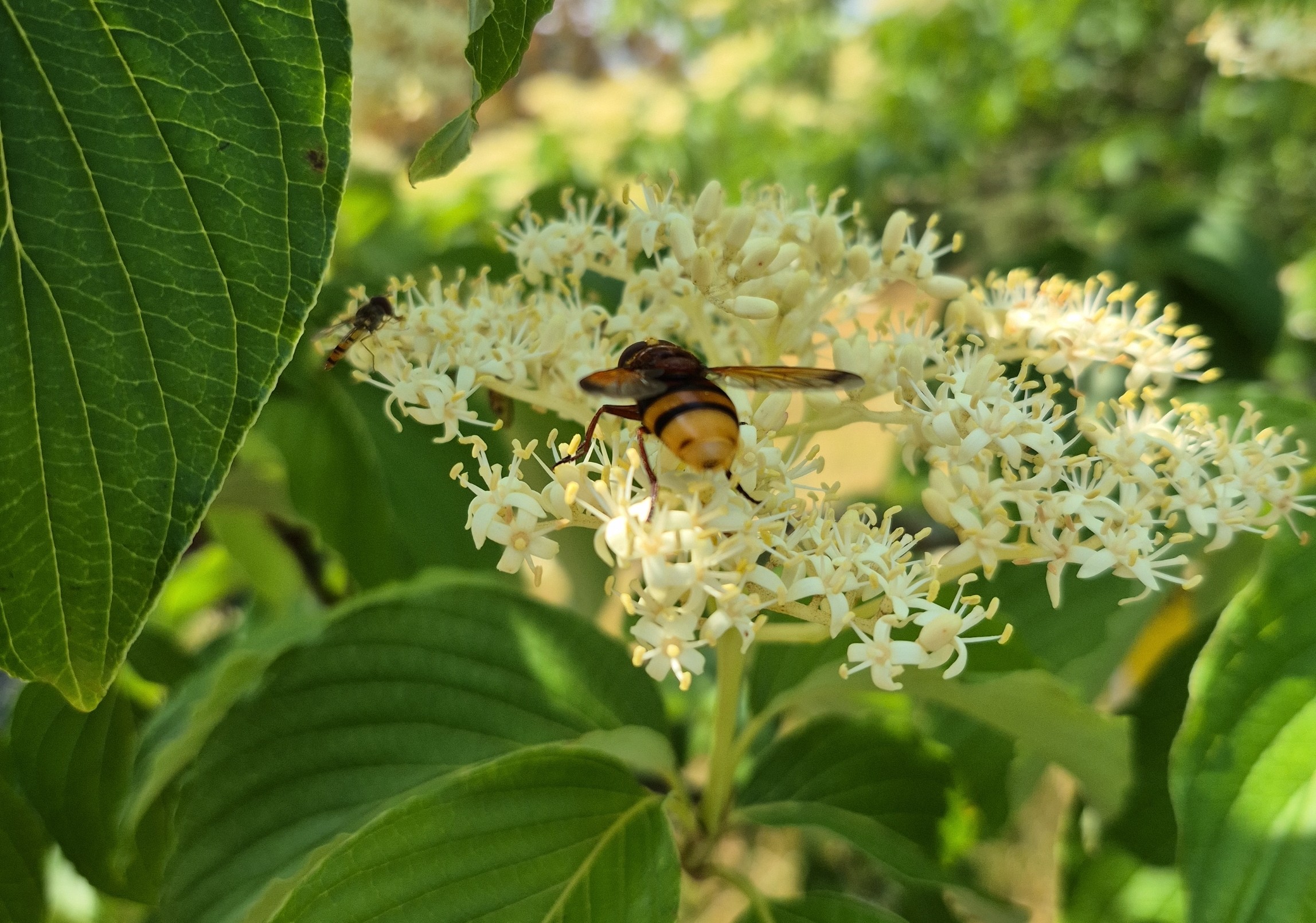
What We Know About Trees Needs to Change
by Rebecca Roberts, Miranda Bolton, Kew Wakehurst | August 5, 2025 | Biodiversity, Food Production, News | 0 Comments
With 97% of wildflower meadows lost in the UK, could trees offer an alternative? Wakehurst is exploring how flowering canopies, with the help of citizen science, can support pollinators.

Give bugs a winter home! Join the Buzz Club’s Bug Bunker project, build shelters, survey monthly, and help protect invertebrates across the UK.
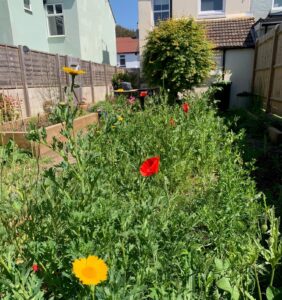
Read about our journey from concrete to habitat, turning a bare garden into a service station for wildlife on the move between the coast and the downs.
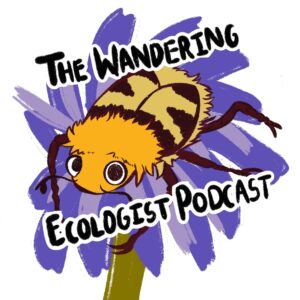
Celebrating positive nature conservation news one story, one friendship, one wild place at a time.
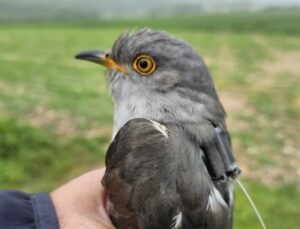
From satellite-tagged cuckoos to rare chalk grassland butterflies, Wiston is buzzing with life. Explore recent nature highlights from across the estate.
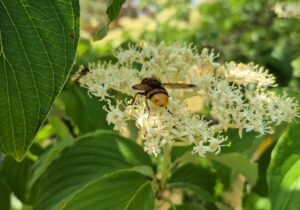
With 97% of wildflower meadows lost in the UK, could trees offer an alternative? Wakehurst is exploring how flowering canopies, with the help of citizen science, can support pollinators.
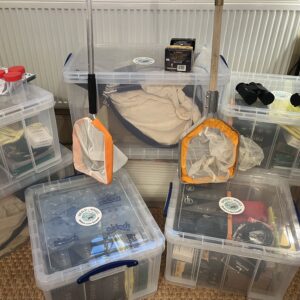
Explore the hidden world of local wildlife, from bats to bugs, with our new BioBox loan scheme for community groups.
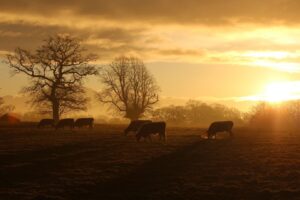
Discover how traditional livestock and low-impact farming are playing a vital role in restoring Sussex’s rare chalk grasslands and supporting threatened wildlife, while the closure of small abattoirs is putting this type of management at risk.
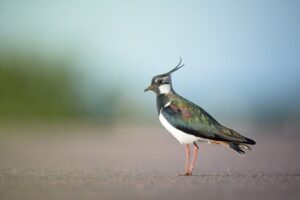
There is something powerful about coming together—farmers, ecologists, conservationists, and community members—to share ideas, challenges, and solutions for the future of our landscapes. _Weald to Waves: How Farmland Birds Can Thrive in Modern Agriculture_ offered an inspiring and practical vision of how farming and wildlife can thrive together.
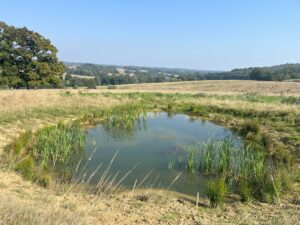
The Newt Conservation Partnership delivers the NatureSpace District Licensing scheme, working with landowners across 11 counties to create and restore ponds and habitats for great crested newts. This scheme is enabling development while also achieving exceptional conservation outcomes and supporting land management.
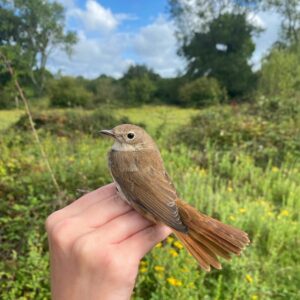
As spring arrives, the movement of wildlife becomes a pivotal event, particularly for bird enthusiasts. This seasonal shift is critical for breeding and feeding patterns of various species, and Sussex serves as a vital corridor for these animals, providing essential habitats during this crucial time of year.

We have been excited to be chatting with the Buzz Club recently, a fantastic club of citizen scientists focussing on pollinators in our gardens. Read on to find out more and get involved in their projects.
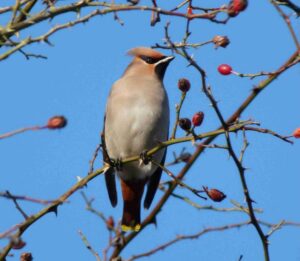
Back in Autumn, Matt Phelps told us about ‘big years’ for many of our bird species, and what you might see flying around the corridor this winter.